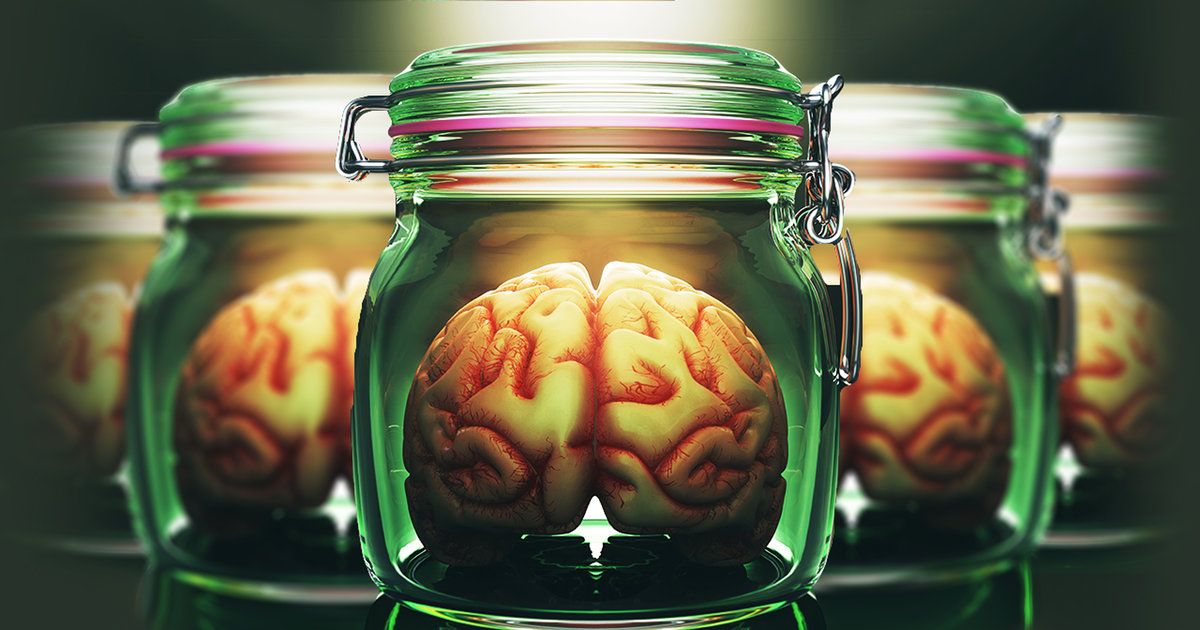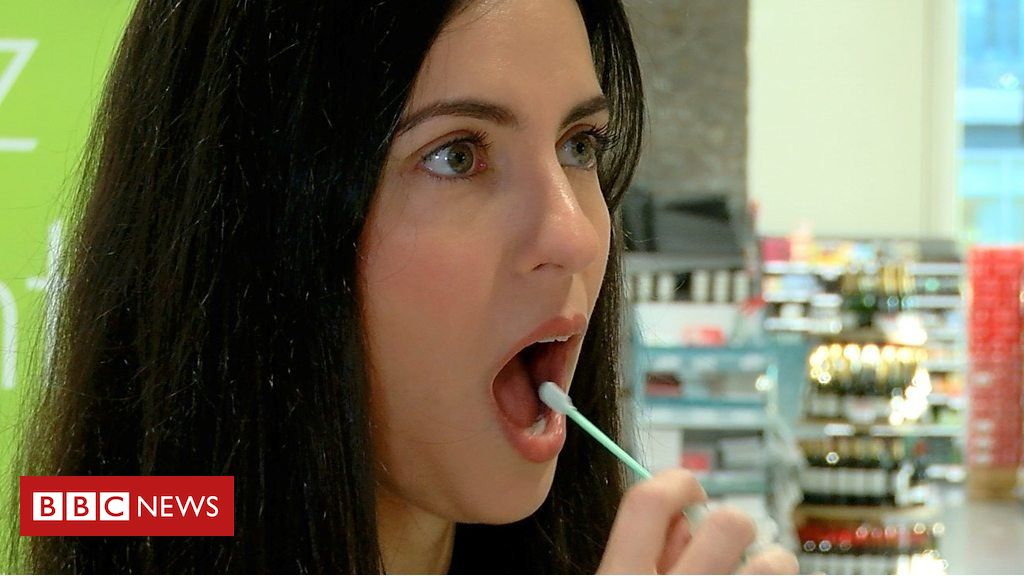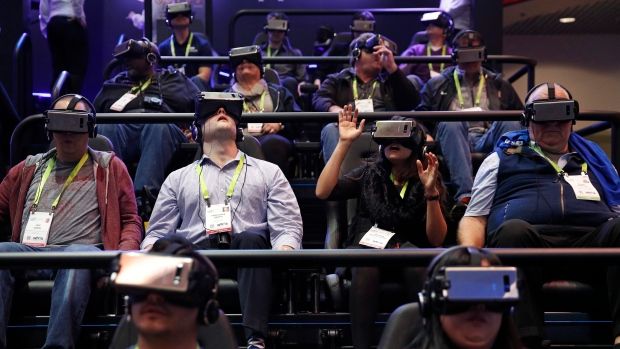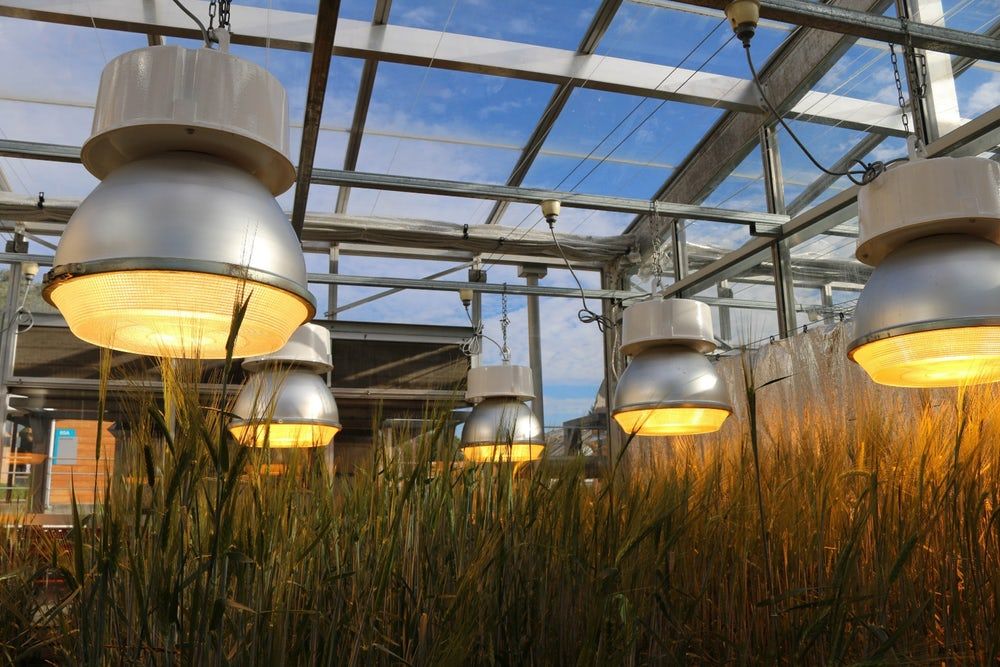Watch How Close Are We to Farming Human Body Parts?, a Biotech video from Seeker.



A look back at the most popular life extension articles of 2017. Here is the report Can We Live to 120 on the Fasting Mimicking Diet or Calorie Restriction?
Summary: The Fasting Mimicking Diet, also called the Valter Longo diet, and the spartan practice of calorie restriction are the twin subjects of two recent research reports. Both research reports show that the fasting regimens offer potential health benefits. This article includes commentary by the inventor of the Fasting Mimicking Diet, Valter Longo. [Cover Photo: Ryan McGuire.]
The idea that animals can live longer, healthier lives by drastically reducing their calorie intake is not exactly new. Scientists have repeatedly demonstrated the life-extending value of calorie restriction (CR) in animals from worms to monkeys—with the implication that the same might be true for humans.
In fact, geroscientists consider CR as one of the most effective ways to extend lifespan. Our metabolism slows down as we age, due to a phenomenon called deregulated nutrient sensing. This metabolic change contributes to a host of age-related diseases.



Today’s vision of a smart home has more to do with what’s technologically possible than what people really need.
Thus the endless parade of internet-connected wine openers, water bottles, meat thermometers and refrigerators, and a dearth of automation that would clean and fold our laundry, pick up things around the house or assist aging people as their physical strength wanes.
Not that some tinkerers aren’t trying to come up with life-changing tools. The annual Consumer Electronics Show, which opened in Las Vegas on Tuesday, is a showcase of the latest innovations from big corporations and tiny startups. Some of these inventions could soon be useful to consumers. Others look outlandishly impractical — or maybe it’s too soon to tell.

The nutrition label on a shot-sized bottle of this clear, odorless liquid defies traditional explanation. It contains 120 calories — roughly the equivalent of a hearty slice of bread — yet it has no fat, no protein, and no carbohydrates.
Those calories instead come from ketones, an ingredient that Geoff Woo, cofounder and CEO of San Francisco-based human performance startup called HVMN (pronounced “human”)to call “the fourth macronutrient.”

Speed breeding was initially explored by NASA over a decade ago as a means to enhance food production during space missions where efficiency is critical and every square inch counts. Scientists at the University of Sydney, the University of Queensland, and the John Innes Centre, continued the project, picking up from where NASA left off.
A welcomed solution to our growing food problems.

A look back at the most popular health articles of 2017. Here is the report: “10 Health Benefits Of Coffee”
10 health benefits of coffee – based on new research published in July 2017. The health benefits of coffee vary depending on how you prepare it: unfiltered or decaffeinated or regular.
Coffee is a widely popular drink. While it has received a bad rap in the past, it is very healthy.
For people who eat a standard Western diet, coffee is the healthiest things we consume. That’s because coffee is loaded with plant nutrients and antioxidants. In fact, studies show that the average person gets more antioxidants from coffee than from fruits and veggies combined.

Has anyone used the app?
The Department of Labor has released an innovative, business-focused mobile app that supports private-sector efforts to eradicate forced labor from global supply chains.
During National Slavery and Human Trafficking Prevention Month, we recommit ourselves to eradicating the evil of enslavement. Human trafficking is a modern form of the oldest and most barbaric type of exploitation. It has no place in our world. This month we do not simply reflect on this appalling reality. We also pledge to do all in our power to end the horrific practice of human trafficking that plagues innocent victims around the world.
Human trafficking is a sickening crime at odds with our very humanity. An estimated 25 million people are currently victims of human trafficking for both sex and labor. Human traffickers prey on their victims by promising a life of hope and greater opportunity, while delivering only enslavement. Instead of delivering people to better lives, traffickers unjustifiably profit from the labor and toil of their victims, who they force — through violence and intimidation — to work in brothels and factories, on farms and fishing vessels, in private homes, and in countless industries.
My Administration continues to work to drive out the darkness human traffickers cast upon our world. In February, I signed an Executive Order to dismantle transnational criminal organizations, including those that perpetuate the crime of human trafficking. My Interagency Task Force to Monitor and Combat Trafficking in Persons has enhanced collaboration with other nations, businesses, civil society organizations, and survivors of human trafficking. The Department of Health and Human Services has established a new national training and technical assistance center to strengthen our healthcare industry’s anti-trafficking response. The Department of State has contributed $25 million to the Global Fund to End Modern Slavery, because of the critical need for cross-nation collaborative action to counter human trafficking. The Department of Labor has released an innovative, business-focused mobile app that supports private-sector efforts to eradicate forced labor from global supply chains.

Cold plasma looks like the glow from the “Star Wars” blue lightsaber but this beam of energy, made of electrons that change polarity at micro-second or nanosecond speeds, could help bones heal faster, according to a study published August 11th in the Journal of Tissue Engineering and Regenerative Medicine.
Most people interact with plasma every day. It’s in our TVs, fluorescent lights, lightning, the aurora borealis, and the sun. However, these are all examples of hot or “thermal” plasmas. Since the discovery of cold plasma, about 20 years ago, it has been used in agriculture to sterilize the surface of fruit without damaging the delicate edibles. More recently, scientists have been performing experiments treating living animal cells and tissues with cold plasma to learn more about its potential applications in medicine.
“We’ve previously studied how different applications of cold plasma can either directly kill cells, such as in skin cancer, or help them grow, as in developing bones. In this study, we asked how cold plasma would affect the area surrounding cells, known as the extracellular matrix,” says lead author Theresa Freeman, Ph.D., Associate Professor in the Department of Orthopedic Surgery in the Sidney Kimmel Medical College at Thomas Jefferson University. The extracellular matrix around cells is made of collagen and other proteins that interact with the cells and can influence their growth and behavior. For example, the extracellular matrix can either promote or inhibit bone formation or cancer cell growth and metastasis.